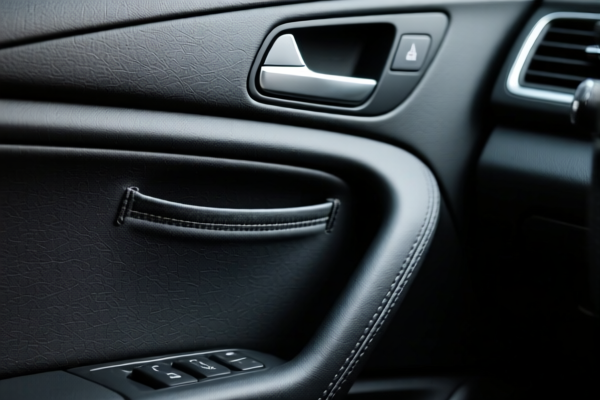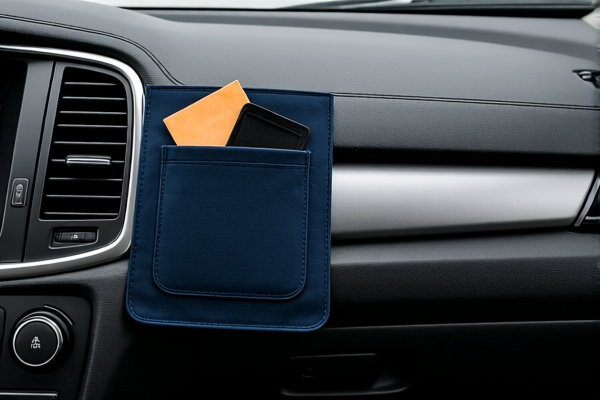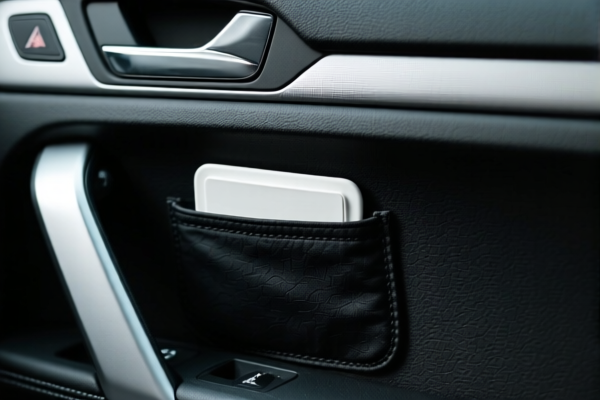| HS Code | Official Doc | Tariff Rate | Origin | Destination | Effective Date |
|---|---|---|---|---|---|
| 4415103000 | Doc | 55.0% | CN | US | 2025-05-12 |
| 4415208000 | Doc | 65.7% | CN | US | 2025-05-12 |
| 4421918800 | Doc | 30.0% | CN | US | 2025-05-12 |
| 4421998800 | Doc | 37.5% | CN | US | 2025-05-12 |
| 6808000000 | Doc | 55.0% | CN | US | 2025-05-12 |
| 6815994170 | Doc | 55.0% | CN | US | 2025-05-12 |
| 6815992000 | Doc | 55.0% | CN | US | 2025-05-12 |
| 9503000090 | Doc | 30.0% | CN | US | 2025-05-12 |
| 9503000071 | Doc | 30.0% | CN | US | 2025-05-12 |
| 4205000500 | Doc | 57.9% | CN | US | 2025-05-12 |
| 4205004000 | Doc | 56.8% | CN | US | 2025-05-12 |
| 4202399000 | Doc | 75.0% | CN | US | 2025-05-12 |
| 4202999000 | Doc | 75.0% | CN | US | 2025-05-12 |
| 6114909070 | Doc | 35.6% | CN | US | 2025-05-12 |
| 3926904800 | Doc | 33.4% | CN | US | 2025-05-12 |
| 3926909989 | Doc | 42.8% | CN | US | 2025-05-12 |
| 3923900080 | Doc | 58.0% | CN | US | 2025-05-12 |




Tree Pocket
A tree pocket, also known as a tree guard, tree shelter, or tree protector, is a tubular protective covering used around young trees. It serves multiple purposes relating to the establishment and early growth of saplings.
Material:
- Plastic: The most common material, typically polypropylene (PP). Offers good durability, weather resistance, and cost-effectiveness. Variations include clear, translucent, or opaque plastic. Recycled plastic options are increasingly available.
- Biodegradable Materials: Materials like cardboard, paper pulp, or compostable plastics are used for eco-friendly alternatives, designed to decompose over time.
- Mesh: Woven or knitted materials, often plastic, providing ventilation and some protection from larger herbivores.
- Corrugated Plastic: Offers rigidity and protection against physical damage.
Purpose:
- Herbivore Protection: The primary function is to prevent damage from grazing animals like rabbits, deer, voles, and livestock.
- Weather Protection: Shields young trees from windburn, frost, and excessive sun exposure, particularly important in exposed locations.
- Moisture Retention: Creates a microclimate around the tree, helping to retain soil moisture and promote root development.
- Straight Growth: Encourages a straight, upright stem, preventing bending or distortion.
- Weed Control: Can reduce weed competition near the base of the tree.
- Support: Provides structural support, especially for trees planted in windy areas.
Function:
Tree pockets function by creating a physical barrier between the young tree and external stressors. The enclosure helps maintain optimal growing conditions, allowing the tree to establish a strong root system and develop a robust stem. Some designs incorporate ventilation holes to prevent overheating and condensation. Biodegradable pockets degrade over time, eliminating the need for manual removal.
Usage Scenarios:
- Afforestation Projects: Widely used in large-scale tree planting initiatives to improve survival rates.
- Commercial Nurseries: Protects saplings during the early stages of growth before sale.
- Agricultural Land: Protects newly planted trees in orchards, plantations, and agroforestry systems.
- Parks and Gardens: Used to safeguard young trees from vandalism and animal damage.
- Land Restoration: Employed in areas undergoing ecological rehabilitation.
Common Types:
- Single-Stem Guards: The most basic type, a simple tube placed around the tree trunk.
- Spiral Guards: A plastic strip wrapped around the trunk in a spiral pattern. Offers flexibility and allows for trunk growth.
- Mesh Guards: Provides ventilation and some flexibility.
- Biodegradable Guards: Made from materials that decompose over time.
- Double-Walled Guards: Offers increased protection against physical damage and temperature fluctuations.
- Guards with Stakes: Include stakes for secure anchoring in the ground.
- Guards with Integrated Weed Control: Feature a skirt or base to suppress weed growth.
Based on the provided information, determining the precise HS code for "tree pocket" requires careful consideration of its material and intended use. Here's a breakdown of potentially relevant HS codes:
- 3923900080: This code covers articles for the conveyance or packing of goods, of plastics. If the "tree pocket" is made of plastic and used for packaging or carrying items, this could be applicable. The total tax rate is 58.0% (基础关税: 3.0%, 加征关税: 25.0%, 2025.4.2后加征关税: 30.0%).
- 3926904800: This code covers other articles of plastics and articles of other materials of headings 3901 to 3914, specifically photo albums. If the "tree pocket" functions as a holder for photos or similar flat items and is made of plastic, this could be relevant. The total tax rate is 33.4% (基础关税: 3.4%, 加征关税: 0.0%, 2025.4.2后加征关税: 30.0%).
- 3926909989: This code covers other articles of plastics and articles of other materials of headings 3901 to 3914, categorized as "other". If the "tree pocket" is made of plastic and doesn't fall into more specific categories, this could be applicable. The total tax rate is 42.8% (基础关税: 5.3%, 加征关税: 7.5%, 2025.4.2后加征关税: 30.0%).
According to the provided reference material, the HS code options related to 'tree pocket' are limited, with only the following 3 found.
It is important to determine the exact material composition of the "tree pocket" to ensure accurate classification. If the item is made of materials other than plastics, different HS codes may be applicable.
Customer Reviews
No reviews yet.